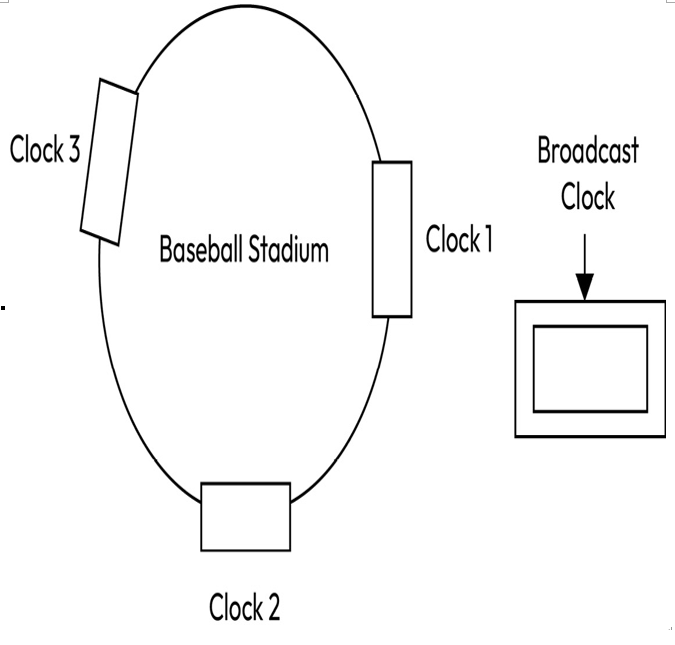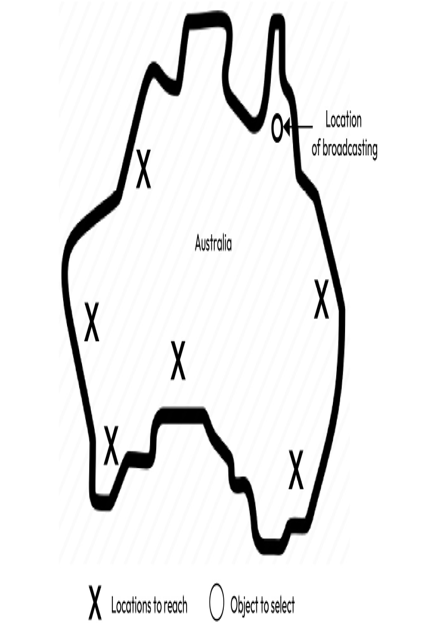Google Cloud use case – MLB and AFL – Common DevOps Use Cases in Some of the Biggest Companies in the World
Google Cloud use case – MLB and AFL
If there is one thing that you should know about me, it is that I am a massive sports fan. I am, and I love learning about new sports just as much as following the old ones that I have followed for years.
I have been following Major League Baseball (MLB) for years, and in those years, baseball has always been the sport of analytics. Most modern teams in their team selection are driven by analytics and the performance of players is measured through statistical analysis of a number of metrics that are collected when they play their games. You may have seen the film Moneyball (or read the book by Michael Lewis), which chronicles the introduction of statistical methods in the choice of baseball players and how they led to the success of the Oakland Athletics baseball team in the late 90s and early 2000s.
In the MLB, one of the results of the introduction of analytical data is the analysis of the gameplay itself and the time taken to finish a game. In order to streamline the game, MLB introduced the pitch clock, giving players only 15 seconds to throw a pitch. The clock, as seen in the following figure, needs to synchronize throughout the arena and with the clock that is being broadcast over television as well. This synchronization presents a unique challenge for MLB to implement its newest rule:

Figure 10.5 – Original MLB play clock system
I wanted to also look at some other sports leagues that may have used data analytics and Google Cloud in some way and integrated it into their league’s infrastructure (perhaps in a way that was different from MLB’s approach). In my search, I found the perfect example with the Australian Football League (AFL). The following diagram shows the AFL’s broadcast situation for coaching:

Figure 10.6 – The AFL broadcast situation for coaching
When I started this, I knew practically nothing about Australian rules football (also known as Aussie rules football) or the AFL other than the fact that the day of the Grand Final is a public holiday in Australia. However, one thing that I did figure out during my research was that both of these companies were using advanced analytics in order to find ways to improve the way that the play was seen and to analyze if there was a way to make the gameplay and the players even better.
Given my passion for sports and all the nerd stuff surrounding sports, this little section now seems inevitable to me. So, let’s dive in and see what DevOps and data insights we can find in these use cases.
Scenario
Let’s start with baseball; I love baseball. It is the sport of the stoic man; it is the sport where time stands still. If you ever have 23 hours to spare, do yourself a favor and watch Ken Burns’ Baseball documentary series; you will not regret it. But baseball as a whole and MLB in particular suffered from a few setbacks the past few years. There was a cheating scandal involving the Houston Astros and live attendance and viewership were down because of the excessive length of the games. To solve these problems while maintaining the integrity of the game, MLB turned to data. They turned to the analytics that the teams individually used and decided to turn it toward the league as a whole. They collected statistics related to gameplay, attendance, and viewer engagement from all of the available games throughout the season (2,430 games plus playoffs) and decided to create infrastructure solutions to bolster the solutions that they would implement. They used Google Cloud for this: both for the data analytics and the implementation of the solution itself.
Aussie rules football is the number one sport in Australia. In the land down under, it is the sport that has the greatest viewership and the biggest audience. It is also the most physical sport played in Australia and as someone who watches a lot of sports and does a lot of data science, the more physical a sport is in terms of physical contact between human beings, the more difficult it becomes to analyze that sport. Here, the data needs to be broken down on a more physical level, looking toward the human body itself. This approach allowed the AFL to develop a system that used ML with human coaching to develop systems of training for the underprivileged and differently able people who were still passionate about the sport.
Two very different problems were faced by these two sports leagues, both of which required completely different approaches, but both of which were solved in Google Cloud using the principles of DevOps. Let’s see how they did it.
